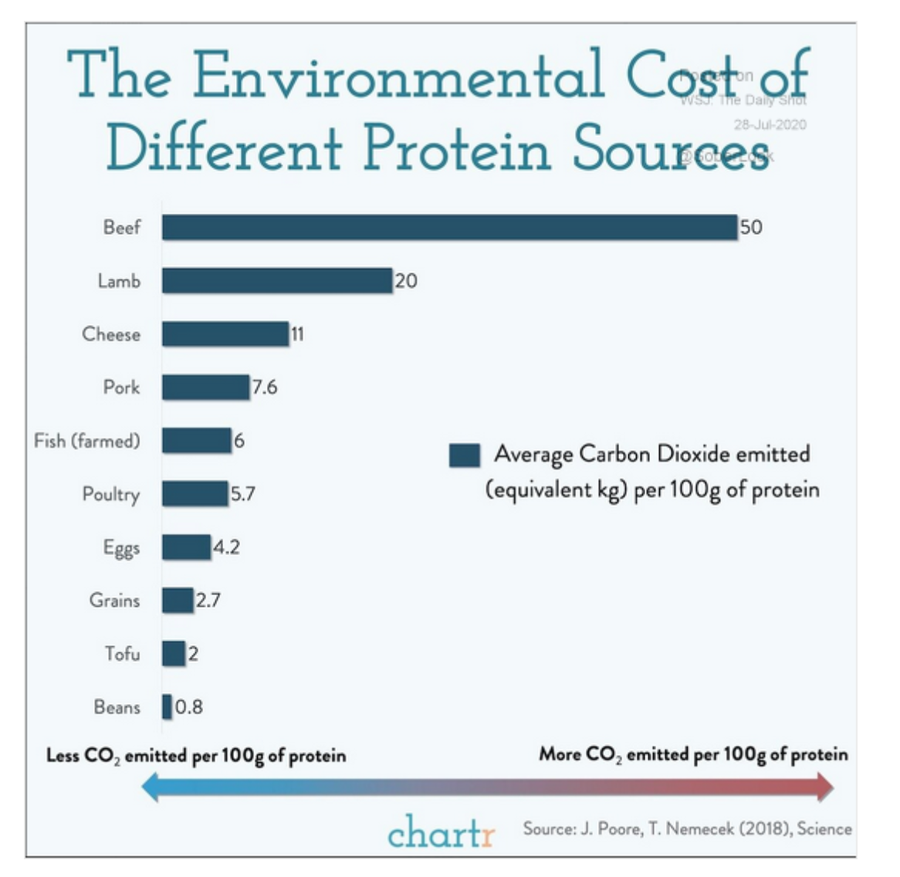"All in all, more than 500 such "fragmentation events" have created nearly 130 million bits of debris in Earth's orbit. Those chunks of debris zip around the planet at more than 17,500 mph, or roughly 10 times the speed of a bullet"https://t.co/EURV2ug9ql pic.twitter.com/bc3s6YgkpD
— Mark Palko (@MarkPalko1) November 20, 2021
If you're the type of person who closely follows science and technology stories (and since you're reading a blog originally named "Observational Epidemiology," I'm thinking you probably are), you've probably been hearing about the Kessler Syndrome and Musk's Skylink and its imitators could have on this potentially disastrous event. It even got the big narrative treatment at the New Yorker.
Before we dive in, there is one aspect of the story that has been widely misreported.
From Scientific American (2019):
The benefits of mega constellations would be manifold. Blanketing the entire planet with high-bandwidth, low-latency, always-on Internet access means ships out at sea, high-flying planes and people in remote, undeveloped areas (even Antarctica!) will suddenly be connected as never before. “Connectivity is just not [currently] available to everybody,” says Mike Lindsay, a space mission designer at OneWeb. “Half the world lacks an affordable access point to broadband Internet.”
"Manifold" in this case basically meaning one.
We've had satellites delivering broadband internet for about a decade now from companies like Viasat. They use geostationary orbits which means they can cover the entire world with a handful of satellites. The only significant functionality that these enormous low-earth orbit constellations bring to the table is low latency (or ping time), something you want to have for videoconferencing and especially for gaming. It's an embarrassingly small upgrade given the government grants, investor capital and, most of all, potential consequences.
From Business Insider [emphasis added]:
SpaceX has permission from the US government to launch nearly 12,000 Starlink satellites through 2027, though it's asked to launch 30,000 more for a total of nearly 42,000. In either case, SpaceX is on track to form a "megaconstellation" that outnumbers all prior spacecraft ever launched by humanity. If 3% of the maximum planned Starlink constellation fails, that could mean 1,260 dead, 550-pound satellites the size of a desk aimlessly circling the planet. A 2.5% failure rate could mean more than 1,000 inoperative spacecraft.
There were about 3,200 nonfunctional satellites in Earth's orbit as of February, according to the European Space Agency. Many of these dead spacecraft regularly threaten to collide with others and create a space-debris crisis. In mid October, for example, satellite trackers flagged a "very high risk" close pass between a dead satellite and a discarded rocket body, with one company calculating a 10% chance of collision. (Fortunately, they didn't.)
SpaceX says its satellites will naturally deorbit, or burn up in Earth's atmosphere, if their propulsion systems don't work. But that process can take up to five years, according to Starlink's website. In the meantime, defunct satellites rocket around Earth faster than a bullet, with nobody to steer them away from other spacecraft that may fly in their path.
SpaceX did not acknowledge Business Insider's requests for comment. However, in filings to the Federal Communications Commission, SpaceX has downplayed the risk, stating that it "views satellite failure to deorbit rates of 10 or 5 percent as unacceptable, and even a rate of 1 percent is unlikely."
If 1% of its satellites did fail with no capacity to maneuver, the company said, "there is approximately a 1 percent chance per decade that any failed SpaceX satellite would collide with a piece of tracked debris."
The company also claimed that its practices "effectively eliminate the chance that such rates will ever occur."
SpaceX is not alone in pushing to launch large numbers of internet satellites. OneWeb, which the UK government recently purchased out of bankruptcy, has already launched 74 satellites for its proposed constellation of 48,000, while Amazon aims to launch more than 3,200 for its Kuiper fleet. It's unclear how many dead satellites those constellations might also leave in orbit.
...
If the space-junk problem gets extreme, a chain of collisions could spiral out of control and surround Earth in a practically impassable field of debris. This possibility is known as the Kessler syndrome, after Donald J. Kessler, who worked for NASA's Johnson Space Center and calculated in a 1978 paper that it could take hundreds or even thousands of years for such debris to clear up enough to make spaceflight safe again.
...
SpaceX has barely launched 2% of its planned constellation, but it has already had a close call.
In September 2019, the European Space Agency had to maneuver one of its spacecraft at the last minute to avoid possibly colliding with a Starlink satellite. The chance of that crash was 1 in 1,000. While that may sound low, NASA routinely moves the ISS for chances of 1 in 100,000.
The ESA said it had to move its satellite because SpaceX had "no plan to take action." SpaceX said it missed the ESA emails about the issue due to a "bug" in its communications systems.
Overall, close approaches like that seem to be happening more frequently.
"We are seeing recently a decided uptick in the number of conjunctions," Dan Oltrogge, an astrodynamicist at Analytical Graphics, Inc, where he uses a software that has been assessing conjunction data since 2005, told Business Insider. "And it looks to be very well aligned with the new large-constellation spacecraft that have been launched."




